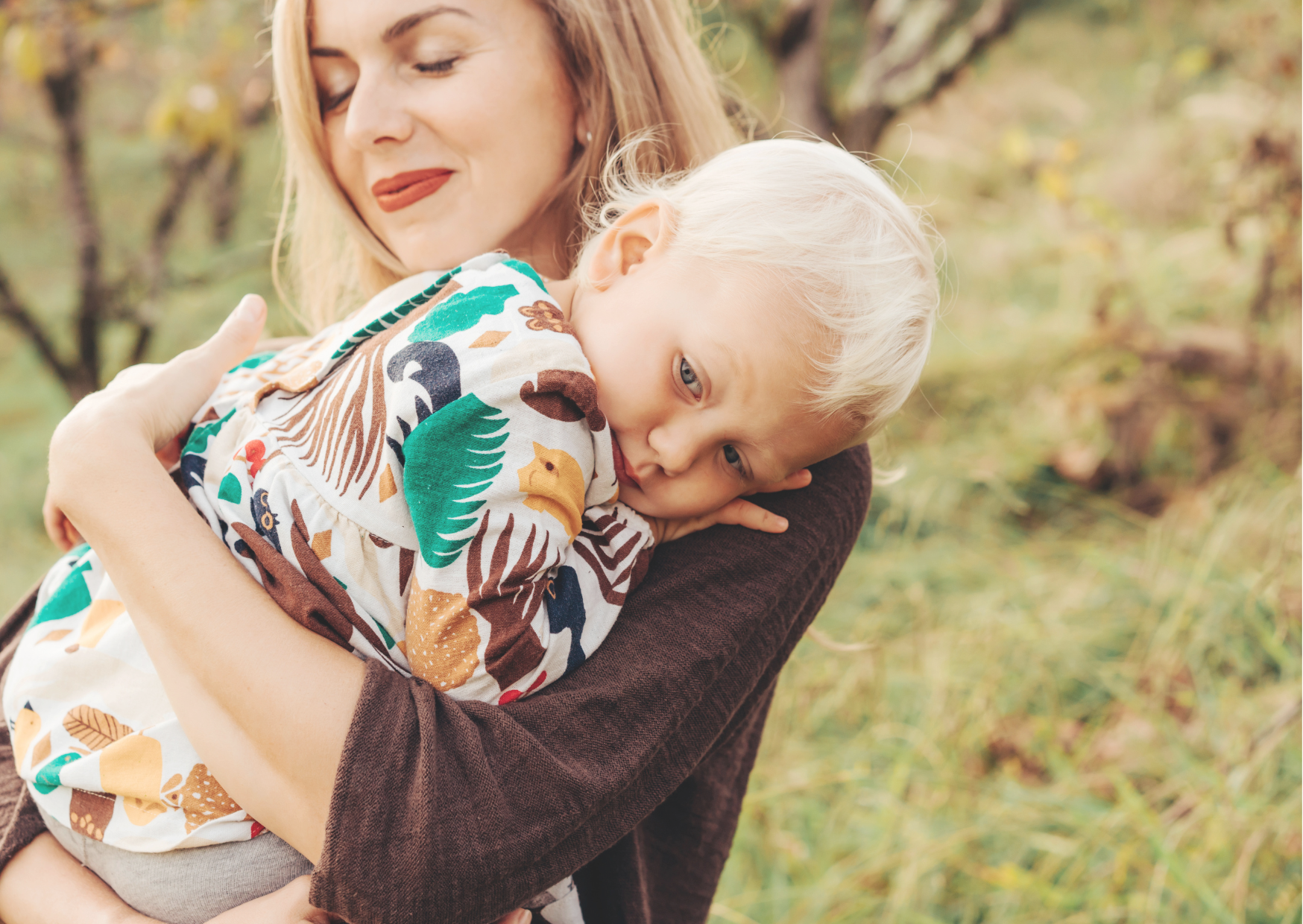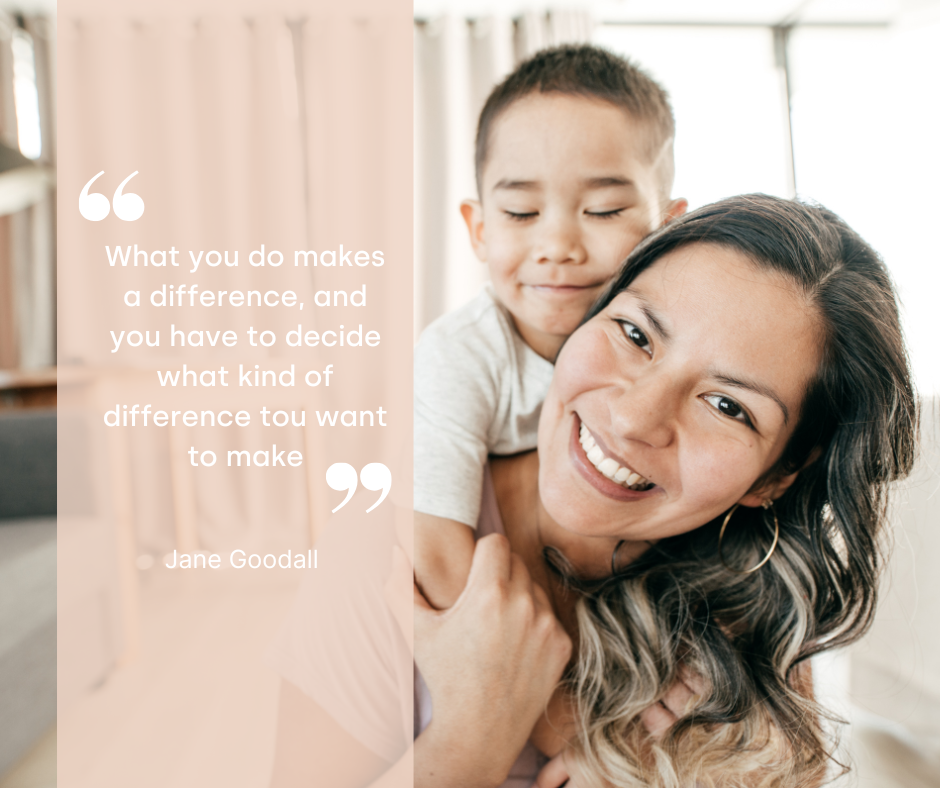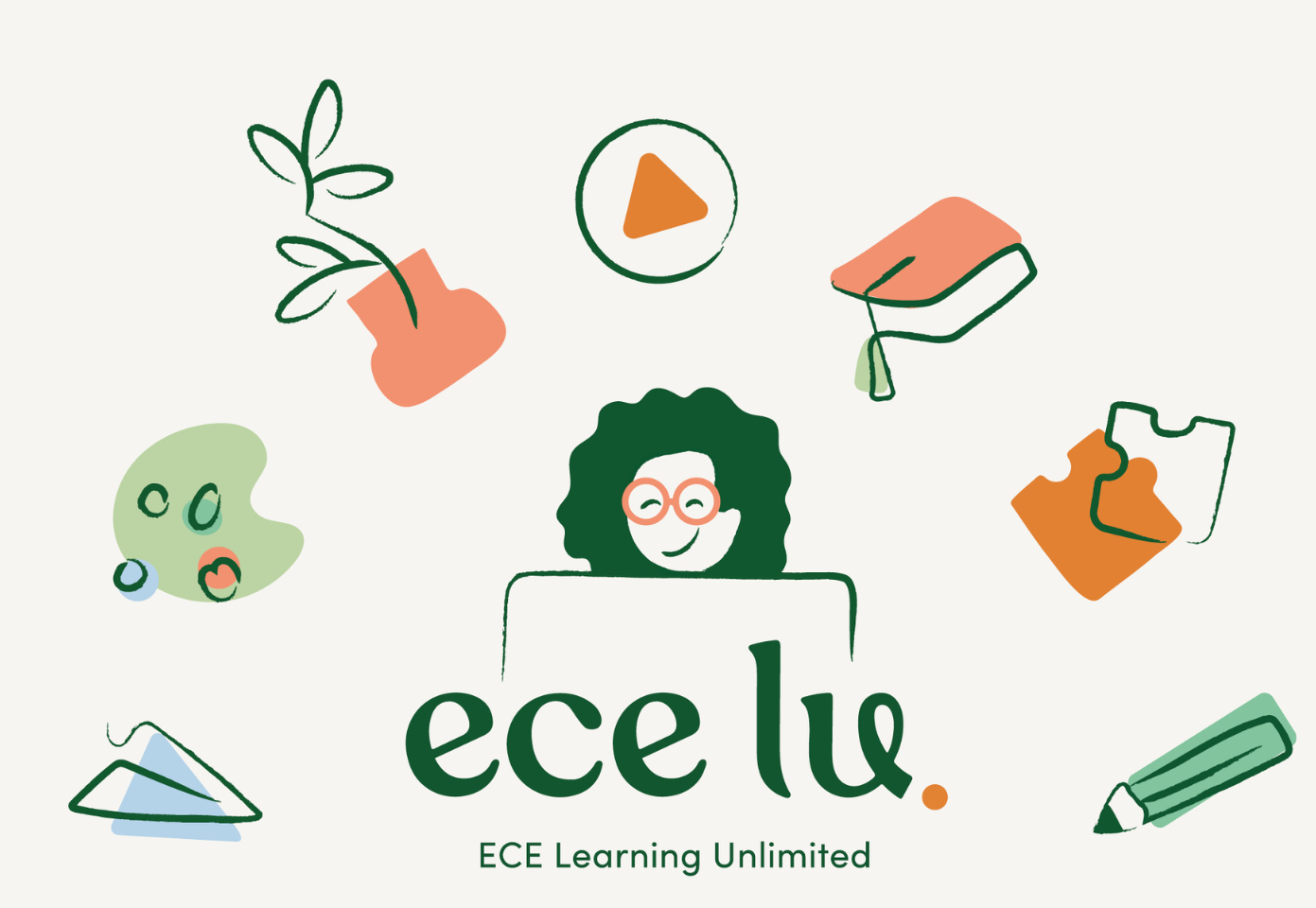This post is a response to a letter I received from a teacher concerned about how to support one of her children to resettle after the child had been absent for a little while.
Here is my response to this letter;
But nurturing a child’s wairua/emotional and spiritual wellbeing, building a trusting relationship, ensuring this child feels safe and connected here – is THE most important thing. Without this, you can forget any other learning opportunities. What this child is learning here is how healthy relationships flourish and grow. Kate is learning how to build connections with other people. She is developing strategies for healthy relationships that are based on mutual trust, respect and care. She is learning about giving and receiving love. It is these early relationship experiences that are forming the blueprint for her future relationships. What could be more important that this?!!
The teacher wrote:
I have a child, at that moment whose drop offs and pick ups can be a real challenge. I believe I have built a good relationship with this child, but it’s getting to the point where I’m left mentality exhausted by the end of the day and completely shattered by the end of the week. And it’s making me feel like I have formed an inappropriate relationship due to me being exhausted, and I feel like I can’t have more one on one with my other primary care children.
This child is wanting me to constantly pick her up and carry her around. Then when I say “Kate I’m just going to put you down as it’s tiring carrying you around, you can sit with me on the floor if you like. "Kate doesn’t like this, and she will get very upset and start crying. So I will say “Kate, when you are ready you can come and sit with me, It’s too tiring for whaea Suzy to carry you around all day.” With my hands spread out open, this usually takes about 1min thenshe will come and sit on my knee for a cuddle.
Also, if I am with another child Kate gets jealous and doesn’t want to share me. One on one with another child Kate will come and ask me to pick her up. I do usually just say “Kate you can come and sit with me and have a cuddle if you like?” Mat time is a good example, I’ll have someone on one knee but Kate wants to sit on my knee by herself, I just say “ Kate here is my other knee you can sit on, there is plenty of room for you here”. Nine times out of ten she won’t come; she will just get very upset.
Am I being too harsh on this child? Any ideas, strategies I can use here to help this child?
She 2 years 3 months. She comes 5 days a week at the moment 8.30ish to 3.30pm. She is apart of a blended family lives at home with Mum, Dad older Brother who is 8-9. So she is the youngest.
Here is my response to this letter;
Hi Suzy,
Great question you have sent me. And it is a really important question because;
1. Your personal wellbeing matters here
2. The child’s emotional well being matters
3. The mother’s wellbeing matters
4. This situation has the potential to turn to complete custard, resulting in your burn out, the child getting worse and possibly being emotionally and spiritually damaged, and the mother’s anxiety or guilt worsening. All of this leaves everyone feeling yuck, and is not where we want anyone to be.
So, let’s sink our teeth into helping everyone to feel better, and to supporting this child towards being a confident, competent learner.
First of all...
What you have been doing so far is great! You have been recognising that this is a tough time for Kate and acknowledging her feelings with empathy. You have been making space for her, and inviting her to be with you in healthy ways that allows you to be with other children also.
Using open hands, being at her level, talking her through what you are doing, letting her know that you are available but also creating limits is all great stuff! You also said that she had started to improve before the Christmas break, so this demonstrates that the strategies you have been using (and your kind, gentle, calm, responsive, caring approach) is effective.
I have to warn you however, that there this is no magic wand here. There never is. Because we are working with complex human beings, not groceries. So, remember that whatever you do is going to take a little time. Be patient with yourself, with Kate and with her family. We so often think that we are only being a good teacher if we are engaging children in learning stuff. You know – creating with art materials, doing a mat time, building with blocks etc?
But nurturing a child’s wairua/emotional and spiritual wellbeing, building a trusting relationship, ensuring this child feels safe and connected here – is THE most important thing. Without this, you can forget any other learning opportunities. What this child is learning here is how healthy relationships flourish and grow. Kate is learning how to build connections with other people. She is developing strategies for healthy relationships that are based on mutual trust, respect and care. She is learning about giving and receiving love. It is these early relationship experiences that are forming the blueprint for her future relationships. What could be more important that this?!!
Ok so in a situation like this, I like to take a step back, take a deep breath and think about context, and the different perspectives that are at play.
Let’s start with the context and Kate;
Kate is the youngest child in a blended family who has siblings that are a fair bit older than her. Now I may be making some assumptions here, but in the thirty years that I have been caring for young children, in my experience, Kate will be very loved and her family (mum, dad and siblings) all probably respond to her every whim. And fairly quickly. Because they adore her and want her to be ok. Sometimes they may do things for her that she can easily do by herself, or that she could actually learn to do herself with a bit of patience. Sometimes the family might do things for Kate just to get a bit of peace too! This might include, carrying her rather than letting her walk, getting her bag for her, fetching her cup and anything she wants basically. Kate has learned that if she wants something to be done for her, all she has to do is yell, or throw herself down on the ground and it magically happens. So now this is a habit for everyone, rather than an actual need (most of the time).

Two months ago Kate started at the centre where she is no longer the youngest sibling with an adoring family to attend to her all day. There are other children around her all the time, who are a similar age, and who she is just getting her head around. Developmentally she is still egocentric – “the world is all about me.” So, beginning to understand that others also have needs is new to her. And this will take some time as she matures and settles in.
So what about mum’s lens?
And then there is you – the primary caregiver
Remember, from Kate’s perspective everything is still very new. She is still learning how things work here. In an early childhood centre vs at home, Kate probably has to wait a little longer at times for the things she needs or wants. She has a primary caregiver who she clearly knows is there for her. And she has formed a secure, healthy attachment with you – which is perfect! BUT for Kate, she will be referencing her close relationship with you, to the close relationships she has with her family – because this is what she knows. She is using all her usual strategies to get you to understand how things work from her perspective. But strangely, you just don’t respond the same as her favourite people at home. So, she is still working on convincing you to “get with her picture!”
Kate’s attendance was also interrupted by the Christmas break during the early stages of her settling process. This will undoubtedly have had an impact on her.
So what about mum’s lens?
As I do not know this mum, I am mindful not to jump to conclusions. You will probably know mum and what is going on for her. But what I do know about all mums, is that parenting carries strong emotional ties. As parents we constantly feel a wide range of emotions that affect our ability to make decisions and cope with the 24/7 demands of parenting. At the heart of course, is love for this child. Kate is coming to the centre five days a week, so I assume mum and dad are back to work. This can sometimes lead to feelings of guilt. But also, if mum thinks that Kate is making a fuss, she may feel embarrassed or that her child is taking far too much of your attention. I don’t know what her personal beliefs are about children’s behaviour, but it’s possible she may consider Kate’s behaviour as a bit “naughty” or attention seeking. What ever mum thinks or feels is a very important part of this equation, as she will be one of the biggest influences and allies in supporting Kate.
And then there is you – the primary caregiver
As a primary caregiver (and a very kind, caring person) you have Kate’s best interests at heart. You have worked hard to create a stable, trusting, responsive relationship with Kate and her family. You are using respectful practices that align with the centre's RIE philosophy and which demonstrate your care for Kate. You have been using some really great settling strategies to reassure Kate, to let her know that you are there for her, and to create some reasonable and fair boundaries.
However, let’s just acknowledge that as a primary caregiver you are being physically and emotionally responsive to multiple children five days a week. While this work is deeply rewarding, satisfying and mostly enjoyable – it is actually exhausting at times! The role of a primary caregiver is a complex juggle of meeting the needs of very young children, their parent’s wishes, and also being part of a team. We give and give and give, and often find ourselves laying in the fetal position on the couch at the end of the week. But because we love what we do, we get up on Monday and do it all over again.
When we have a child who needs a bit more from us for now, we can feel as if we are not doing a good enough job for them and for the other children also in our care. We naturally want to do the best we can for all of the children in our primary care group.

Ok now that we have some understanding of the different possible perspectives Where to from here?
3. Set boundaries and reaffirm these
1. Know that you are already doing a great job for Kate. And know also that this will pass
2. Relationship relationship relationship
Keep the relationship with Kate and her mum at the forefront of your thinking and daily priorities. NOTHING is more important than building and maintaining a trusting, secure relationship. You are the centre of Kate’s daisy and she needs to know that you are there for her consistently. As she begins to feel more confident and comfortable in this new environment, she WILL begin to move away from you more, to explore and play and learn other things.
When she knows that she can come back to you, and that you are still there for her, she will move away for longer periods and eventually feel more comfortable about sharing you with others. You are the yellow part of Kate’s daisy. Always there, reliably in the middle. Her movements away from you are the white petals. Some are long, some are short. But they all start from the middle and move out, and circle back to the middle.
3. Set boundaries and reaffirm these
Being emotionally and physically available to Kate, does not mean that you are not also available to other children. As you are already doing, you will need to set boundaries and reaffirm these over and over until Kate understands them fully and tests them less.
Remember she is a toddler. Testing limits and boundaries is in her DNA – it’s very normal for want of a better term. Keep talking to her and telling her what her options are (but never more than two choices at once). As you have been doing already – let her know that she can either sit next to you, or on your knee. But that you are also making room for this other child to sit here too.
Remain calm, warm and firm. You don’t need to repeat these choices over and over. She heard you the first time. If she cries or throws herself on the floor, just hold space for her, and let her know that you are here for her when she is ready e.g. “I know that you would really like to sit on my lap alone Kate, but I am also here with Sam. I have room for you right here next to me” (and pat the floor next to you showing her where to sit).
You may need to ask one of your team to ensure other children do not fill Kate’s empty space next to you for now. If she cries you can say something to acknowledge her feelings, but that still leaves the choice with her e.g. “Kate I know this is hard for you. I am right here saving this space for you when you are ready.”
AAAAANNNNND wait.
Smile and wait. If she eventually comes to sit next to you, show her love and acceptance e.g. “Snuggle up here, I’ve got you.” No judgments. No further analysis of the situation required. She just needed time and space to process that this is how things work here, with you. Which may be different from how things work at home.

4. Support the development of a capable child
5. Pick your battles
6. Use eye contact and non verbal responses a lot
7. Talk and give her time to think and respond to change
You can use this strategy in many situations where Kate may be insisting that she has you to herself, or that you do things for her that she is capable of doing herself. It may take many many many times of repeating this response, but she will eventually learn that you mean what you say.
This is also a good time to be teaching Kate that she is a very capable girl. Toddlerhood is the time when children are learning that they can in fact do things for themselves, and our early childhood curriculum strongly advocates for supporting the development of self help skills.
Start with small wins e.g. putting her shoes in the shoe box, putting her own bag away, helping you to set the table. As she begins to experience independence and the sense of achievement and pride that goes along with that, she will begin to want more. And you are right there supporting and celebrating with her.
Start with small wins e.g. putting her shoes in the shoe box, putting her own bag away, helping you to set the table. As she begins to experience independence and the sense of achievement and pride that goes along with that, she will begin to want more. And you are right there supporting and celebrating with her.
5. Pick your battles
Think carefully and be thoughtful about how the environment is impacting on Kate or what is going on at home. Remember in a five day week she may have some nights where she doesn’t sleep as well, where she may wake super early, or not eat well. In a busy ECE environment she is constantly surrounded by a number of other children, she often has to wait for a turn, she is learning how to relate to other people, and how to communicate.
All of these factors and many others will impact on her energy and ability to cope or handle challenges. It’s tough for her sometimes. While you want to be as consistent as you can in your limits and boundaries and responses to Kate, remember to have empathy for her little world. Sometimes it’s simply ok to just scoop her up and sit together on the couch and refill her little emotional tank. And sometimes you just won’t have the energy yourself to work through another melt down. It’s ok! If you are consistent most of the time, that is good enough and it won’t matter that you occasionally choose to take a different approach.
6. Use eye contact and non verbal responses a lot
When Kate has ventured away from you to play, ensure you make eye contact every now and then to let her know that you are still there, and that you can see she is doing great. Smile, wink, nod, thumbs up, clap hands for her. Sometimes she will only need a little reassurance from you from across the room to refuel and feel confident.
7. Talk and give her time to think and respond to change
Talk with Kate first thing in the morning (after she has settled in) to create the tone for the day. Recall with her what you are going to be working on together today. “Yesterday Kate you were such a great help when I folded the washing. I would love it if you wanted to help me again today. And when we sit at the table for morning tea, I am going to save a seat for you right next to me.” This lets Kate know that this is a new day, and you are here for her and know what she needs from you.
Also give her reassurance before you go into transitions e.g. two minutes before morning tea tell Kate “We are going to be heading inside soon to wash our hands for morning tea. Would you like to hold my hand when we walk there? Shall we hop or jump?” Make it fun.
Empower her with acceptable choices. And give her time to process that a change is coming and that you are going to be supporting her and others. This also lets her know in advance what you expect from her, so sometimes this will be enough to avoid any major testing of boundaries.

8. Be reliable
I'm sure you already know this, but don’t leave the room or play space without warning Kate. Building trust requires reliability. If necessary, ask another teacher to be with Kate when you need to attend to other children. Hopefully you have a secondary primary care partner who can be her 2nd trusted person here. She may not like it, she may feel upset, but she will be ok. Because she has a consistent responsive primary care relationship with you 99% of the time.
9. Be attentive
Remember the RIE principle of being 100% attentive during care moments. Use nappy changes, meal times and bed times as opportunities for eye balling, showing love and filling up her emotional tank. The more children are filled up by us during care moments, the more they will be able to play and learn independently. And will eventually show less “clingy” type behaviour.
10. Be honest with mum
Talk with mum honestly about how things are going. Discuss and agree on settling strategies and help mum to be consistent with these also. Mum can help by talking with Kate on the way in the car. “Today at daycare Suzy is going to take care of you. I am going to stay for a short play, then I will give you one of my superpower hugs and kisses and say goodbye. I will be back after your afternoon tea time.” This lets Kate know that mum is going to follow a consistent routine at settling, and that mum feels confident about Suzy taking care of her.
Maybe Kate can draw some pictures for mum during the day. Remember to give mum lots of positive feedback about the things Kate has done during the day. You don’t want the only communication with mum to be all about Kate having trouble settling, or being clingy, or having melt downs.
Take lots of photos of Kate having a good time and text or email them to mum during the day. Call mum occasionally just to tell her that Kate is doing great. Tell mum funny stories about Kate. Remember that mums also get very tired. So sometimes mum will be consistent and other times she just won’t be able to. She is human too.

11. Take care of you!
Talk with your team mates about how youare doing. Ask for feedback, ask for help. Take regular breaks even just for 10 minutes to breathe, sit down, have a cuppa. Refuel yourself so that you can give your best to this child and the others too. Make sure you do things outside of work that fill up your own tank – physical and emotional. An empty teacher is not able to keep up the continuous “give fest” that is five days a week.
This child needs a loving, trusting, consistent relationship.
Mum needs reassurance, support, guidance and affirmation that she is doing the best she can.
You need support from your colleagues, time to rest, and the self belief to know that you are doing great.
In time, this will all be different. Kate will be a confident, competent, independent learner who feels loved, and who knows that she has a place here at your centre and with you. And when this happens, you can feel a great sense of satisfaction that you made a difference for this child.
You’ve got this!
Angela

Written by
Angela Bush
Founder - ECE Learning Unlimited
Bachelor of Education (ECE), Diploma of Nursing, Diploma of Teaching (ECE)
Angela is a degree qualified and registered ECE teacher, multiple ECE centre owner, curriculum leader and business manager of ECE Learning Unlimited. She is also a registered nurse.
With over thirty years in ECE and centre ownership, Angela has a wealth of experience and knowledge in successful ECE leadership and centre management.
Over the years Angela has also had roles as a lecturer in ECE, nanny, teacher, and mentor.
Share your thoughts...

Need more?
Never miss a blog
Join our mailing list and keep up to date with new releases
Thank you!





